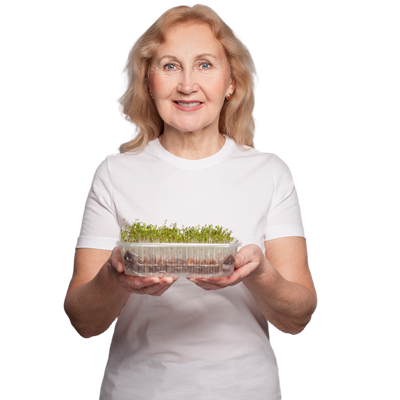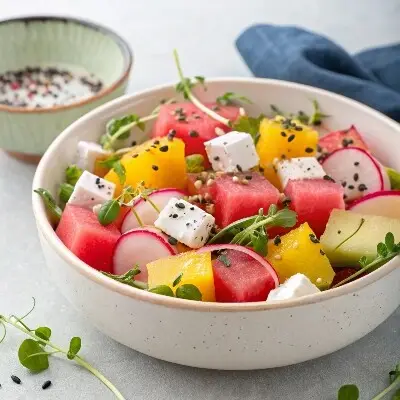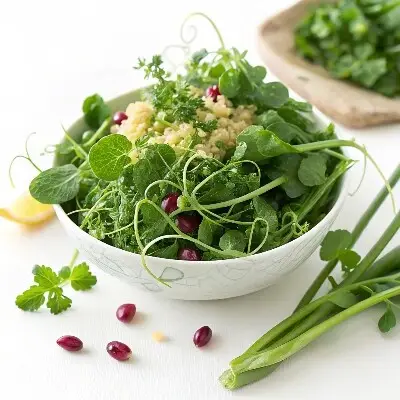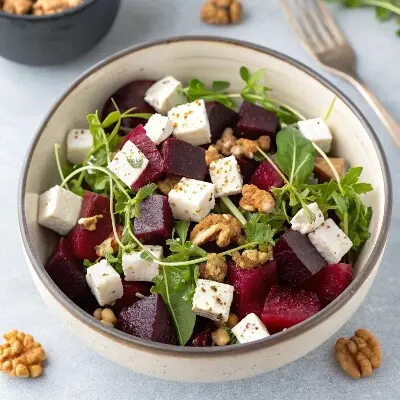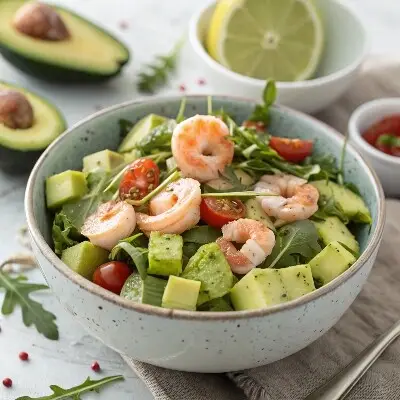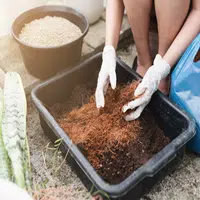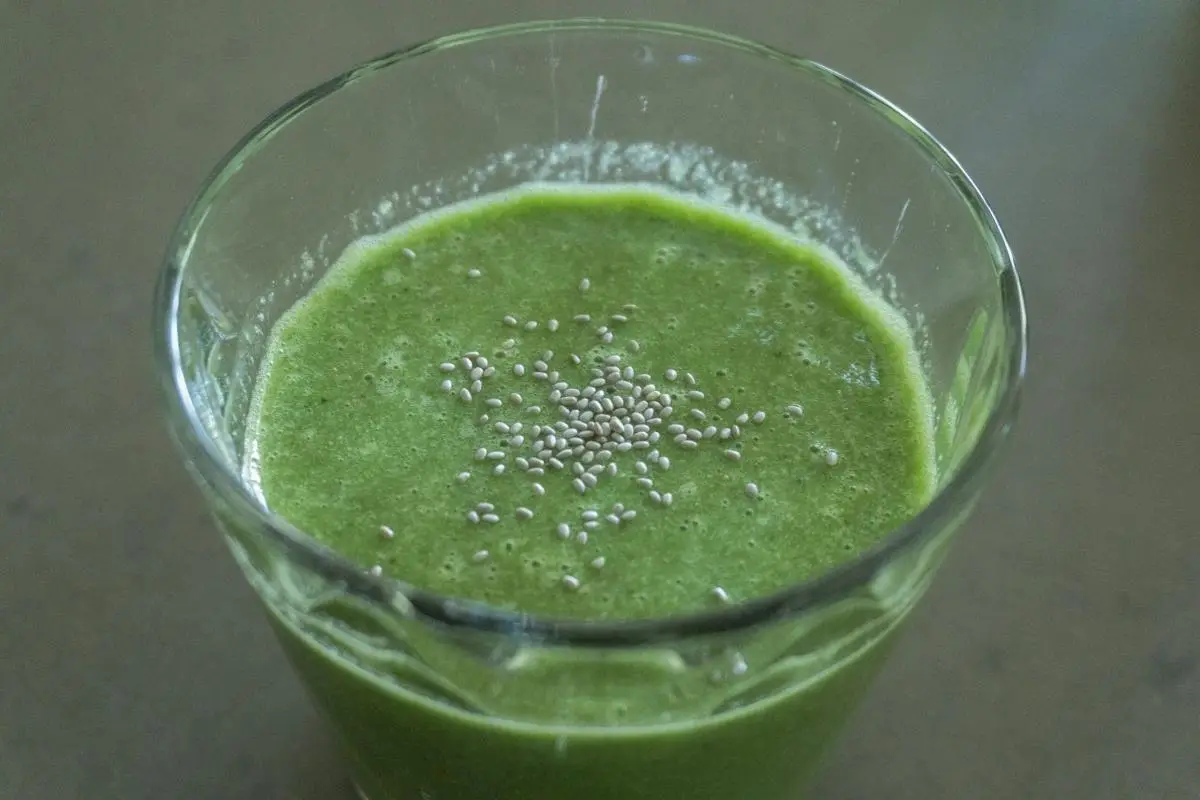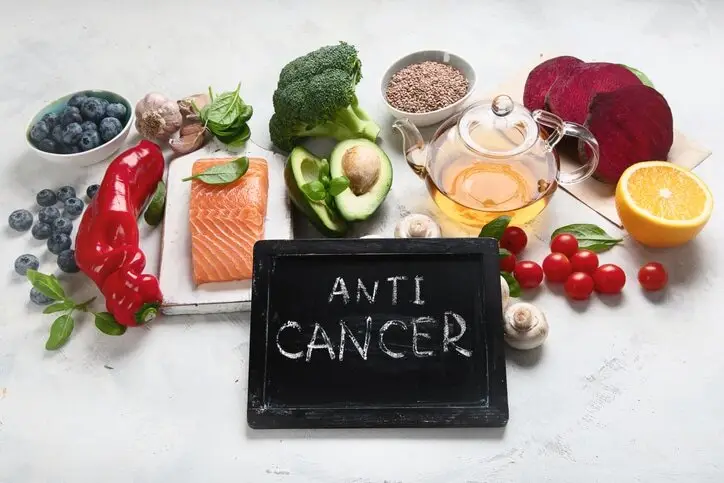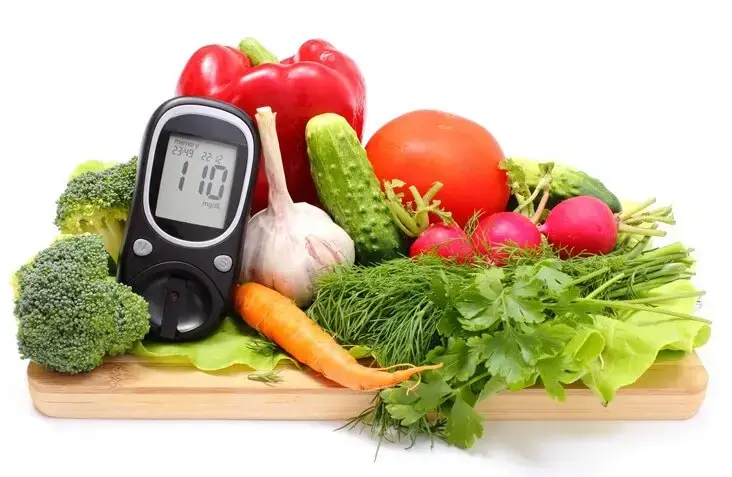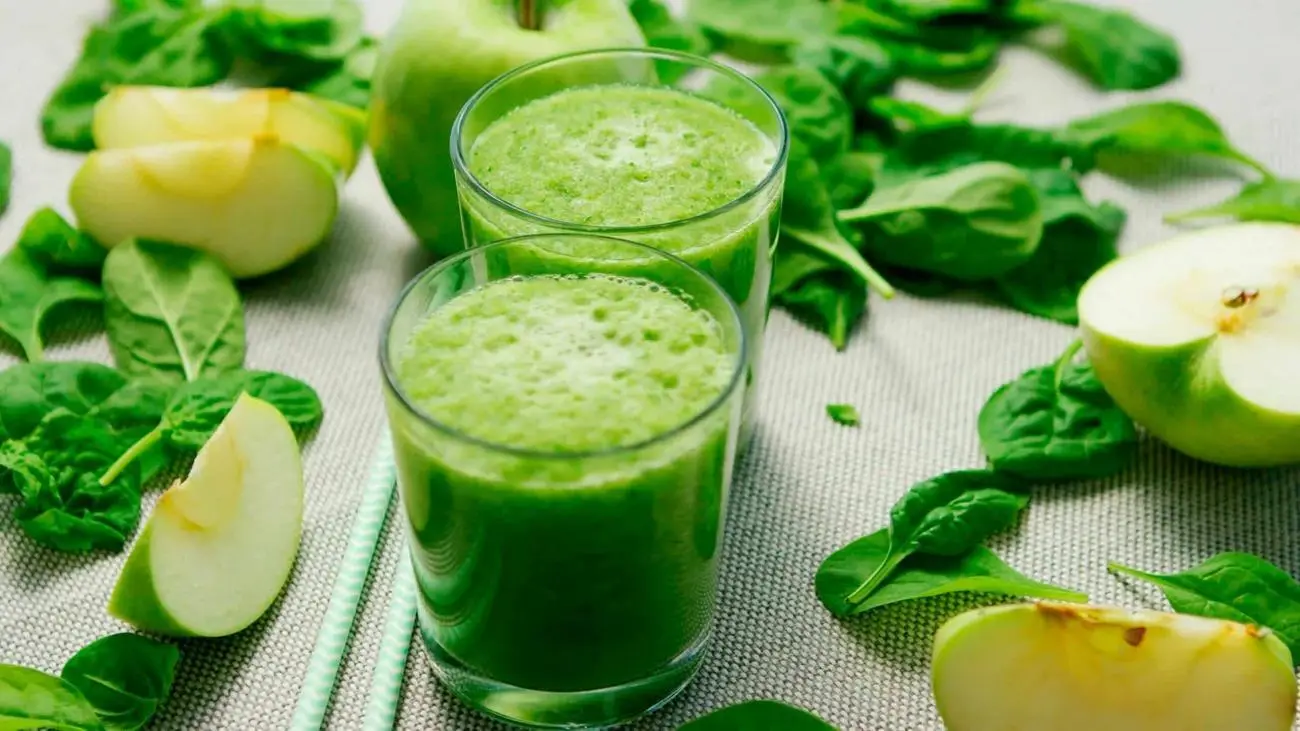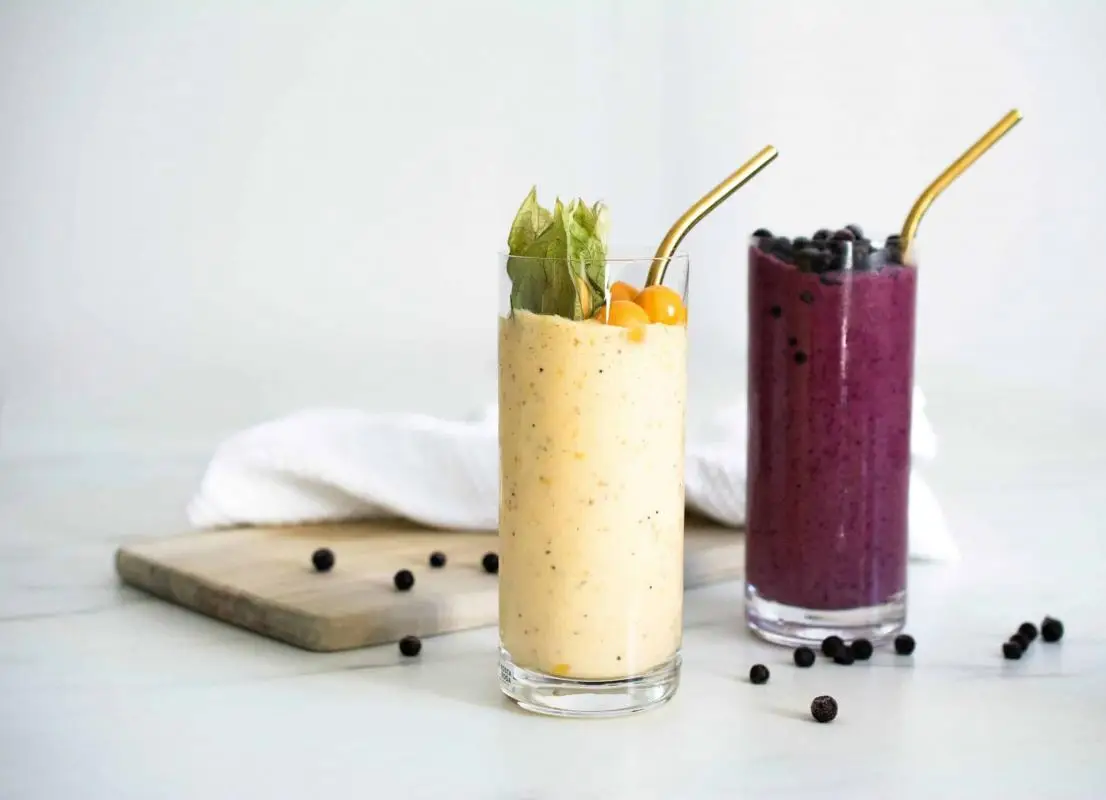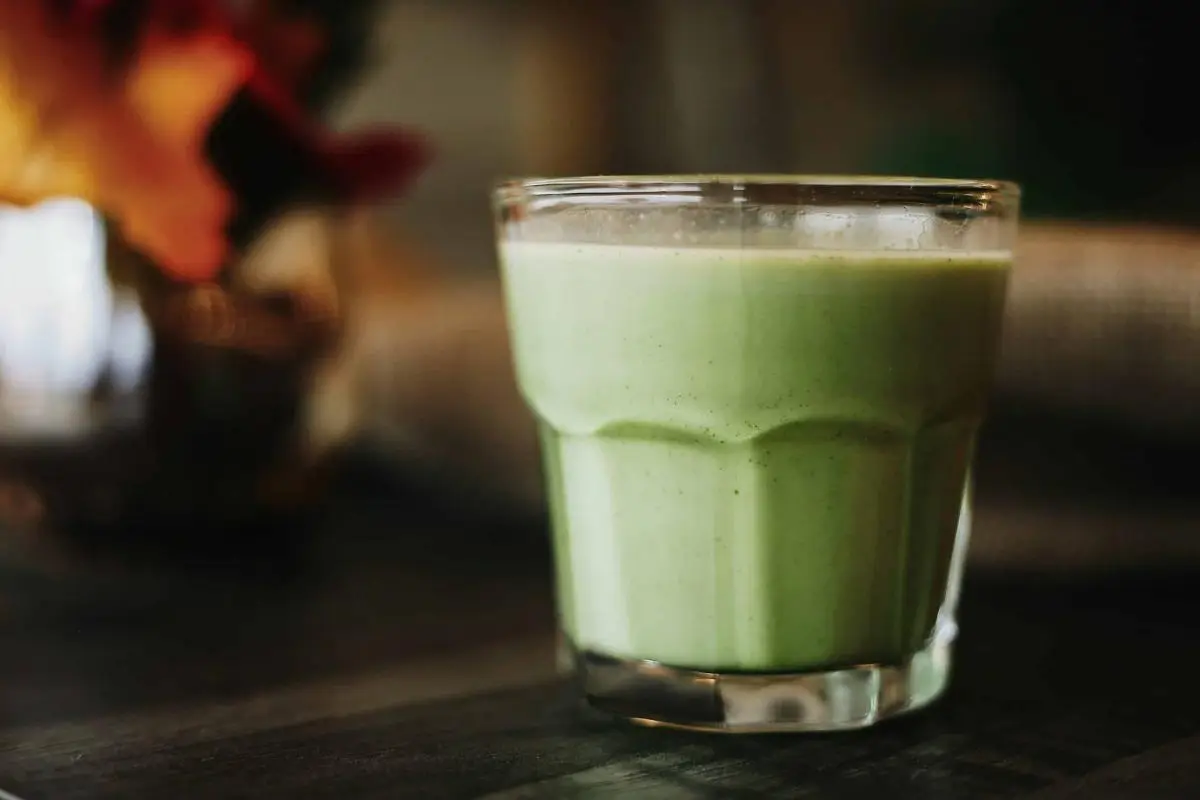Growing Pea Tendril Microgreens: A Beginner’s Guide
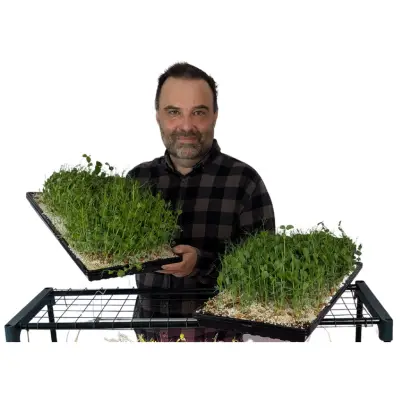
Introduction to Pea Tendril Microgreens
Pea tendril microgreens are a delightful microgreen, offering a sweet, slightly nutty flavor and a satisfying crunch. They're packed with nutrients and add a vibrant touch to salads, sandwiches, and countless other dishes. Growing them at home is surprisingly easy, especially when using the efficient bottom-watering method with Bootstrap Farmer 1020 trays. This guide will walk you through the process, ensuring a successful harvest of these delicious greens.
Why Bootstrap Farmer 1020 Trays?
Bootstrap Farmer trays are a popular choice for microgreen growers due to their durability and standardized size. The 1020 designation refers to their dimensions (10 inches by 20 inches), making them compatible with various growing systems and accessories. These trays are designed for optimal drainage and airflow, crucial factors in preventing mold and ensuring healthy growth. Their robust construction means they can be reused multiple times, making them a sustainable option for home growers.
Getting Started: Materials and Preparation
Before embarking on your pea tendril growing journey, gather the necessary materials:
- Bootstrap Farmer 1020 Shallow Trays: You'll need two – one with drainage holes (growing tray) and one without (bottom tray). You can get both of the 1020 shallow trays here. You can also get colored trays!
- Growing Medium: Coco coir, seed starting mix, or a blend of both work well. Avoid using garden soil, as it may contain pathogens that can harm your microgreens.
- Top Cover Media: Perlite or Vermiculite.
- Pea Seeds: Opt for pea varieties specifically intended for microgreens or sprouting. Avoid treated seeds, as these are not food-safe. You will need about 200g worth of peas per 1020 tray.
- Water: Clean, filtered water is best.
- Dark Cover: A Bootstrap Farmer 1020 Blackout dome is ideal
- Fan: Very important for preventing mould with Pea Microgreens
Step-by-Step Guide to Growing Pea Tendrils
1. Tray Sterilization
Cleanliness is paramount in microgreen cultivation. Sterilize your trays to prevent the growth of harmful bacteria and fungi. Wash them thoroughly with warm soapy water, rinse well, and then spray with a diluted hydrogen peroxide solution (3% concentration). Allow the trays to air dry completely.
2. Seed Preparation
Soaking the pea seeds (200g per 1020 tray) before planting accelerates germination. Place the seeds in a jar or bowl and cover them with water. Let them soak for 8-12 hours, or overnight. This process hydrates the seeds, triggering the germination process and leading to faster, more uniform growth. After soaking, drain the water and rinse the seeds thoroughly.
3. Planting
Place the top tray with holes into the bottom tray without holes.
Fill the 1020 shallow tray (the one with drainage holes) with your chosen growing medium. Make sure it is leveled out well with no clumps of media. Distribute the soaked pea seeds evenly over the surface of the growing medium. Aim for a consistent distribution of peas.. Gently press the seeds into the medium, ensuring good contact.
We recommend distributing a thin layer of vermiculite or perlite on top of the sown peas. Aim to totally cover the peas. This can assist with preventing mould.
4. The Dark Period
This is a crucial step for growing healthy pea tendrils. Cover the tray with a dark cover to block out all light. This darkness encourages the seeds to sprout and the stems to elongate, resulting in taller, more desirable tendrils. Keep the covered tray in a cool, dark place for 2-3 days. During this time, the seeds will germinate and begin to push through the soil.
5. Monitoring and Watering
While the seeds are in the dark, it's essential to monitor them for moisture and mold. Gently mist the growing medium with water if it feels dry. Mold is a common issue in microgreen growing, so be vigilant. If you notice any signs of mold (white or grey fuzz), remove the affected seeds immediately. You may decide to remove them from dark earlier to apply air-flow. Do not be afraid to do this as the peas will still germinate, especially with the layer of vermiculite or perlite on top.
Once the majority of the seeds have sprouted (you'll see white shoots emerging), it's time to introduce light. Remove the dark cover and place the tray under a grow light or near a window with indirect sunlight. Avoid direct sunlight, as it can scorch the delicate seedlings.
6. Bottom Watering
This method is highly effective for microgreens. Pour enough water to just cover the bottom of the tray. Do not over-water! Err on the side of under-watering than overwatering. If the media becomes soaked and the tray heavy this is an indication you have over-watered.. Keeping the top of the soil surface drier reduces the risk of mold. Replenish the water in the watering tray as needed. Probably only once per day.
7. Airflow
Adequate airflow is vital to prevent mold and promote healthy growth and prevent mold. Ensure there is enough space around the trays for air to circulate. You can use a small fan to gently circulate the air.
8. Harvesting
Pea tendrils are ready to harvest when they have developed several leaves and the stems are a few inches tall. Use a good harvesting knife if you have one, or scissors to snip the tendrils just above the growing medium. Harvest the tendrils when they are young and tender for the best flavor and texture.
Tips for Success
- Use high-quality seeds: This will significantly impact your yield and the quality of your microgreens. Try Pea seeds from Natural Yield.
- Maintain proper moisture levels: Avoid overwatering, which can lead to mold, and underwatering, which can stunt growth.
- Ensure adequate airflow: This will help prevent mold and promote healthy growth.
- Monitor for mold regularly: Early detection and removal of affected seeds can prevent the spread of mold.
- Harvest at the right time: Harvesting too early will result in less yield, while harvesting too late will result in tougher, less flavorful tendrils.
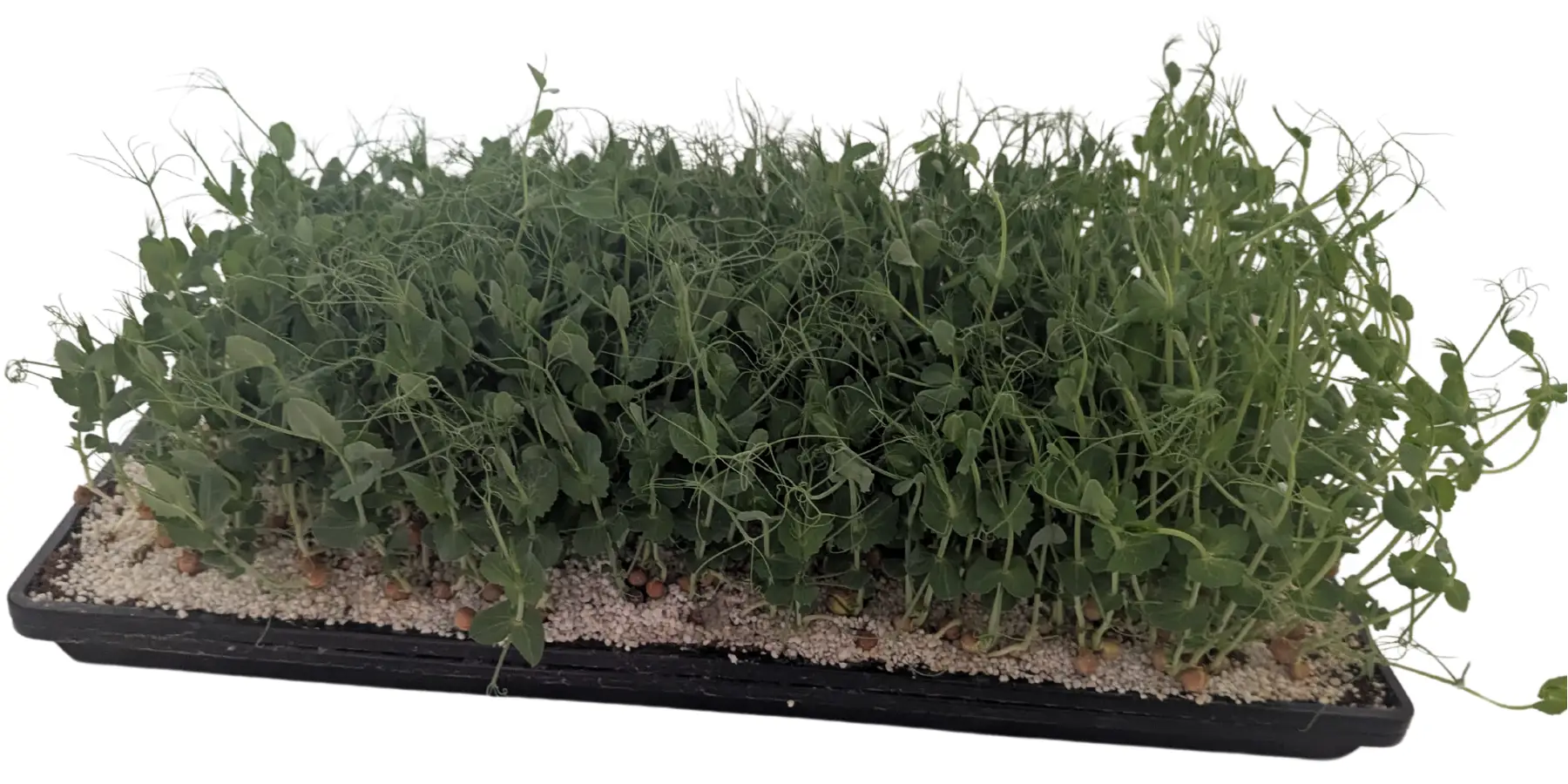
Enjoying Your Pea Tendrils
Freshly harvested pea tendrils are a delightful addition to various dishes. Add them to salads, sandwiches, soups, stir-fries, or use them as a garnish. Their delicate flavor and crunchy texture will elevate any meal.
Growing pea tendril microgreens in Bootstrap Farmer 1020 trays using the bottom-watering method is a rewarding experience. With a little care and attention, you can enjoy a continuous supply of these nutritious and delicious greens right from your home.
Recipe Suggestions for Microgreen Pea Tendrils
Microgreen pea tendrils are incredibly versatile and can add a burst of flavor and nutrition to a wide range of dishes. Here are a few recipe suggestions to get you started:
1. Pea Tendril Salad with Lemon Vinaigrette
This simple salad highlights the delicate flavor of pea tendrils. Combine them with other greens like baby spinach or arugula, and add some crunch with toasted nuts or seeds. A light lemon vinaigrette complements the sweetness of the pea tendrils perfectly.
Ingredients:
- 4 cups mixed greens (baby spinach, arugula, etc.)
- 2 cups microgreen pea tendrils
- 1/2 cup toasted nuts or seeds (almonds, walnuts, sunflower seeds)
- Lemon Vinaigrette:
- 3 tablespoons olive oil
- 2 tablespoons lemon juice
- 1 tablespoon Dijon mustard
- 1 teaspoon honey or maple syrup
- Salt and pepper to taste
Instructions:
- Combine mixed greens and pea tendrils in a large bowl.
- Whisk together olive oil, lemon juice, Dijon mustard, honey, salt, and pepper in a small bowl.
- Pour the vinaigrette over the salad and toss gently to combine.
- Sprinkle with toasted nuts or seeds and serve immediately.
2. Pea Tendril Pesto
This vibrant pesto is a delicious alternative to traditional basil pesto. It's packed with flavor and can be used in the same way as regular pesto – tossed with pasta, spread on sandwiches, or used as a dip.
Ingredients:
- 2 cups microgreen pea tendrils
- 1/2 cup grated Parmesan cheese
- 1/4 cup pine nuts
- 2 cloves garlic
- 1/2 cup olive oil
- Salt and pepper to taste
Instructions:
- Combine pea tendrils, Parmesan cheese, pine nuts, and garlic in a food processor.
- Pulse until finely chopped.
- With the food processor running, slowly drizzle in the olive oil until a smooth pesto forms.
- Season with salt and pepper to taste.
3. Stir-Fried Pea Tendrils with Garlic
This quick and easy stir-fry is a delicious side dish that can be ready in minutes. The garlic adds a pungent flavor that complements the sweetness of the pea tendrils.
Ingredients:
- 2 tablespoons olive oil
- 4 cloves garlic, minced
- 4 cups microgreen pea tendrils
- Salt and pepper to taste
Instructions:
- Heat olive oil in a wok or large skillet over medium-high heat.
- Add garlic and stir-fry for 30 seconds until fragrant.
- Add pea tendrils and stir-fry for 1-2 minutes until wilted.
- Season with salt and pepper to taste and serve immediately.
4. Pea Tendril and Avocado Toast
This simple yet satisfying breakfast or snack is a great way to enjoy the fresh flavors of pea tendrils.
Ingredients:
- 1 slice of toast
- 1/2 avocado, mashed
- 1/2 cup microgreen pea tendrils
- Salt and pepper to taste
Instructions:
- Toast the bread to your liking.
- Spread mashed avocado on the toast.
- Top with pea tendrils.
- Season with salt and pepper to taste.
Nutritional and Health Benefits of Microgreen Pea Tendrils
Microgreen pea tendrils are not only delicious but also packed with nutrients, offering a variety of health benefits:
- Rich in Vitamins and Minerals: Pea tendrils are a good source of vitamins A, C, and K, as well as minerals like folate, manganese, and potassium.
- High in Antioxidants: They contain high levels of antioxidants, which can help protect your cells from damage caused by free radicals.
- Good Source of Fiber: Pea tendrils are a good source of dietary fiber, which can aid digestion and promote gut health.
- May Boost Immune Health: The high vitamin C content in pea tendrils can help support a healthy immune system.
- May Improve Eye Health: The vitamin A content in pea tendrils is essential for maintaining good vision.
Incorporating microgreen pea tendrils into your diet is a great way to boost your nutrient intake and enjoy a variety of health benefits. Their versatility in the kitchen makes them a welcome addition to any meal.


